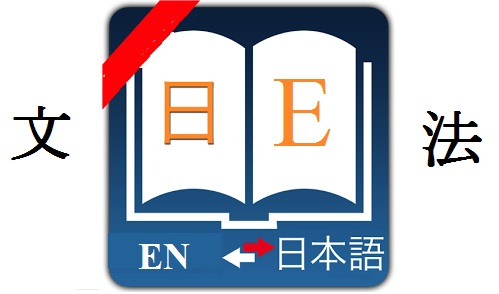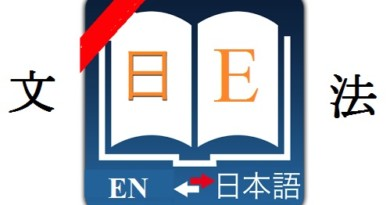Japanese そうになる grammar souninaru

Let’s learn Japanese そうになる grammar souninaru :
Contents
Japanese そうになる grammar souninaru
Formation :
Vます(remove ます)+そうになる
Meaning and how to use :
Describe the meaning “Something almost become out of control”. It’s usually used to mention a fact in the past.
For example
子供をあやしていますが、突然大声を出て、あの子を泣かしそうになった。
Kodomo o ayashi te i masu ga, totsuzen oogoe o de te, ano ko o nakashi sou ni natta.
I was reassuring the child, but suddenly I made a big sound, the child nearly cried.
悪い人の言葉を信じて、偽物を買いそうになった。
warui hito no kotoba o shinji te, ayauku nisemono o kai sou ni natta.
I almost trusted a bad man and bought a fake thing.
まずい料理を食べて、吐きそうになった。
mazui ryouri o tabe te, haki sou ni natta.
I had to eat other unfinished meal, I almost vomited.
昨日私危うくは8階から落ちそうになった。
kinou watashi ayauku ha hachi kai kara ochisou ni natta.
I nearly fell down from 8th floor yesterday.
彼は犯人を知っているが何も言わない。だから、犯人は秘密を守るので彼を殺しそうになった。
kare ha hannin o shitte iru ga nani mo iwa nai. Dakara, hannin ha himitsu o mamoru node kare o korosu sou ni natta.
He knew who the crime was, but he didn’t say. Therefore, The crime almost killed him to keep secret.
Related structures :
からなる karanaru
ことになる kotoninaru
となる tonaru
となると tonaruto
ともなると tomonaruto
になる ninaru
になると ninaruto
お~になる o~ninaru
Ref : tuhoconline
above is Japanese そうになる grammar souninaru. if you don’t understand the signs we used in fomation, you can find their meaning here : signs used in Japanese grammar structures.
You can search the structure you want by using the search tool on our website (using key : grammar + ‘structure name’ or you can find more Japanese grammar structures in the following category : Japanese grammar dictionary

I believe there are some mistakes here. The rule is correct, remove the masu, but the example sentences do not follow this rule. Perhaps this is coming from spoken examples where rules are not followed, but if that is the case, please make it clear.
1st example – correct
2nd example – should be 買い not 買う
3rd example – should be 吐き not 吐く
4th example – should be 落ち not 落ちる
5th example – should be 殺し not 殺す
Apart from that, the information was good and very helpful
hi Paddy, The formation rule is right. The examples you mentioned are wrong. I fixed it. Thank you very much !